Is It Bad to Wear a Waist Trainer to Bed?
What is a Waist Trainer and How Does It Work?
A waist trainer is a garment designed to compress and shape the waist area, typically made from a combination of fabric, steel boning, and hooks. It works by applying external pressure to the waist and torso, which can temporarily alter the appearance of the body. The goal is to create a more cinched waist and accentuate the curves.
While waist trainers can provide an immediate visual effect, their long-term benefits are less clear. The body’s natural shape will return once the waist trainer is removed, and it’s important to note that waist trainers do not permanently change the body structure. This has led some to question the long-term effectiveness and safety of using them.
Potential Risks of Wearing a Waist Trainer to Bed
While wearing a waist trainer for a few hours during the day may be manageable, wearing it to bed can lead to several health risks and discomforts. Here are some of the potential risks to consider:
- Breathing Difficulties: Waist trainers are designed to apply significant pressure on the waist and abdomen. While awake, this pressure may be uncomfortable, but it can be even more problematic when sleeping. Compression on the torso can restrict lung expansion, leading to shallow breathing and disrupting the body’s natural respiratory function. This can affect your sleep quality and leave you feeling tired and unrested in the morning.
- Blood Circulation Problems: Prolonged pressure from a waist trainer can affect blood circulation, especially around the waist and abdominal area. It can cause discomfort or even numbness, and if the waist trainer is too tight, it could lead to restricted blood flow, which can result in swelling or other circulatory issues.
- Digestive Discomfort: Wearing a waist trainer at night can also affect your digestive system. The pressure from the waist trainer can compress the stomach, intestines, and other digestive organs, potentially causing acid reflux, indigestion, or bloating. This can lead to stomach discomfort and interfere with the body’s natural digestive processes during sleep.
- Disrupted Sleep Quality: The physical discomfort of wearing a waist trainer while trying to sleep may prevent you from getting the restorative rest your body needs. Discomfort can cause you to toss and turn during the night, ultimately leading to poor sleep quality. A lack of deep sleep can affect your overall health and well-being.
- Skin Issues: The friction caused by a waist trainer against the skin can lead to irritation, chafing, or even rashes, especially if worn for extended periods. When worn to bed, you are more likely to experience this kind of skin irritation due to the prolonged contact with the waist trainer.
- Muscle Weakening: Relying on a waist trainer for support may cause your core muscles to weaken over time. Since the waist trainer does much of the work of compressing and shaping the waist, your core muscles may become less active, which can reduce their strength and functionality. Over time, this could lead to a weakened core and posture problems.
Expert Advice on Wearing a Waist Trainer to Bed
Experts generally caution against wearing a waist trainer to bed, especially for prolonged periods. Here are some important tips from experts:
- Limit Wearing Time: Experts recommend wearing a waist trainer for no more than eight hours a day to avoid placing excessive pressure on the body. Wearing it for longer periods may lead to the issues discussed above, and it’s important to give your body time to relax and breathe freely.
- Avoid Wearing a Waist Trainer While Sleeping: The consensus among health professionals is that wearing a waist trainer while sleeping can negatively affect your sleep quality, breathing, and circulation. The body naturally needs to rest and recover at night, and wearing a waist trainer can interfere with these natural processes.
- Incorporate Exercise: To maintain a toned and healthy body, experts suggest combining waist trainer use with a regular fitness routine. Core-strengthening exercises can help you achieve a more defined waistline and improve posture, without relying solely on a waist trainer. Building core strength through exercise will give you longer-lasting results and promote better health overall.
How to Wear a Waist Trainer Safely
If you still choose to wear a waist trainer, here are some guidelines to ensure you’re doing so safely:
- Choose the Right Fit: Make sure the waist trainer is made of breathable, comfortable materials. It should fit snugly but not too tight. Over-tightening can cause discomfort and restrict breathing and circulation.
- Avoid Over-tightening: Ensure that the waist trainer is not too tight to prevent negative effects on your circulation and respiratory system. A comfortable fit will still provide the shaping effect without causing harm to your body.
- Listen to Your Body: If you feel any discomfort or pain while wearing a waist trainer, stop using it immediately. Pay attention to how your body reacts and make adjustments as needed. Your body will let you know if something isn’t right.
- Combine with Healthy Habits: Waist trainers should not be a substitute for healthy habits like eating a balanced diet and exercising regularly. For optimal results, focus on a holistic approach to body shaping, including strength training, proper nutrition, and adequate rest.
Conclusion
Wearing a waist trainer to bed may seem like an easy way to achieve a slimmer waistline, but the potential risks outweigh the temporary benefits. While some people may experience short-term improvements in their appearance, the long-term effects on your health, including breathing difficulties, circulation issues, and digestive discomfort, make it a less ideal choice for overnight use.
Experts generally advise against wearing a waist trainer to bed and recommend focusing on a combination of exercise, healthy eating, and good sleep hygiene for sustainable body shaping. Always prioritize your health and comfort, and use waist trainers in moderation to avoid unnecessary harm.
By taking a more balanced approach to fitness and body shaping, you can achieve your goals safely and effectively while keeping your body healthy and happy.

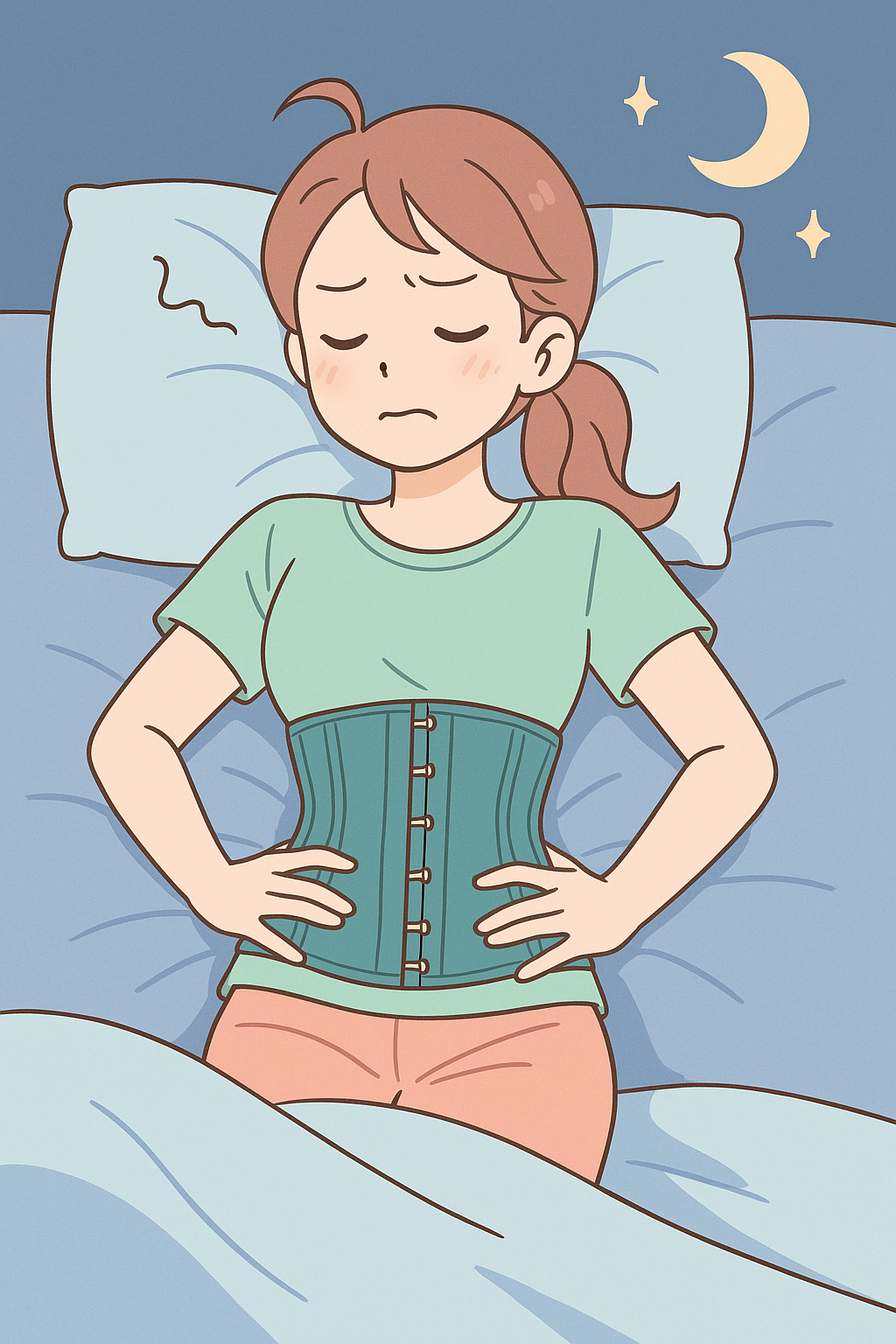
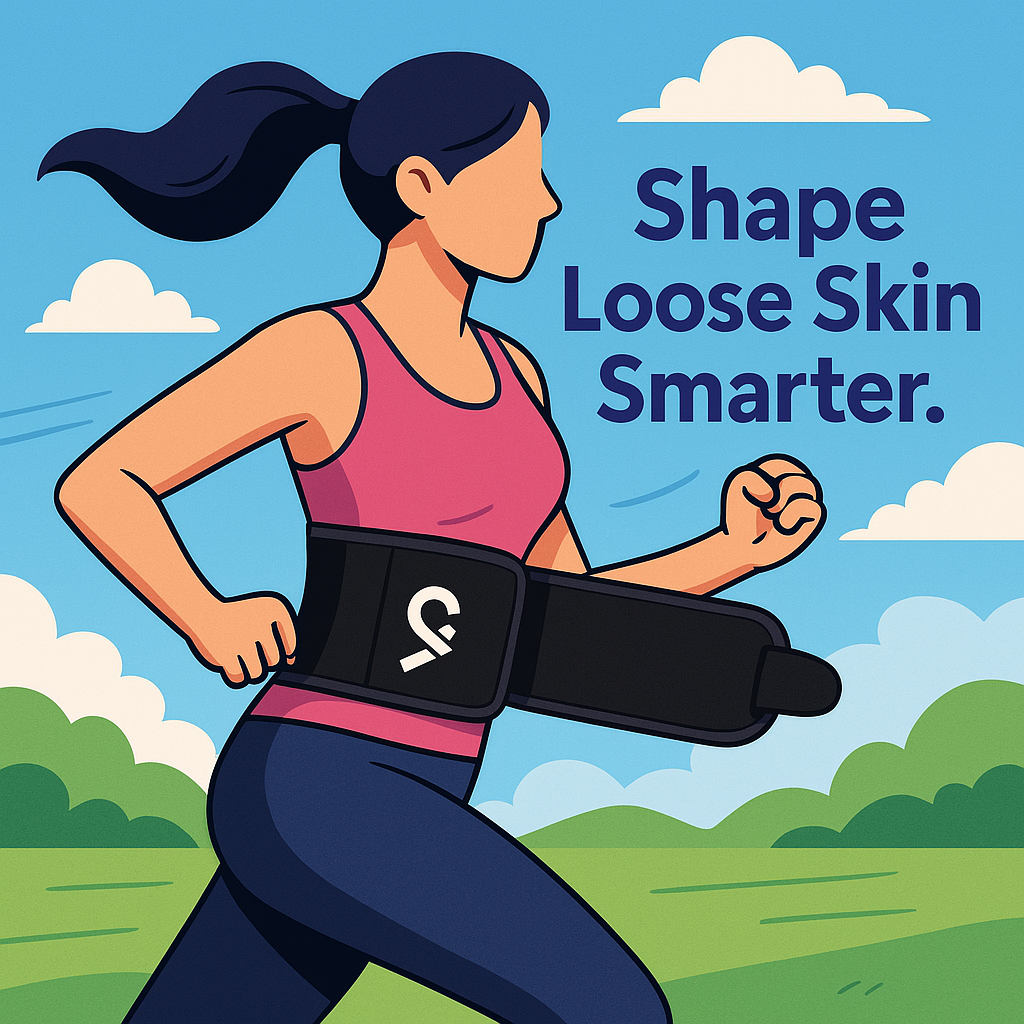
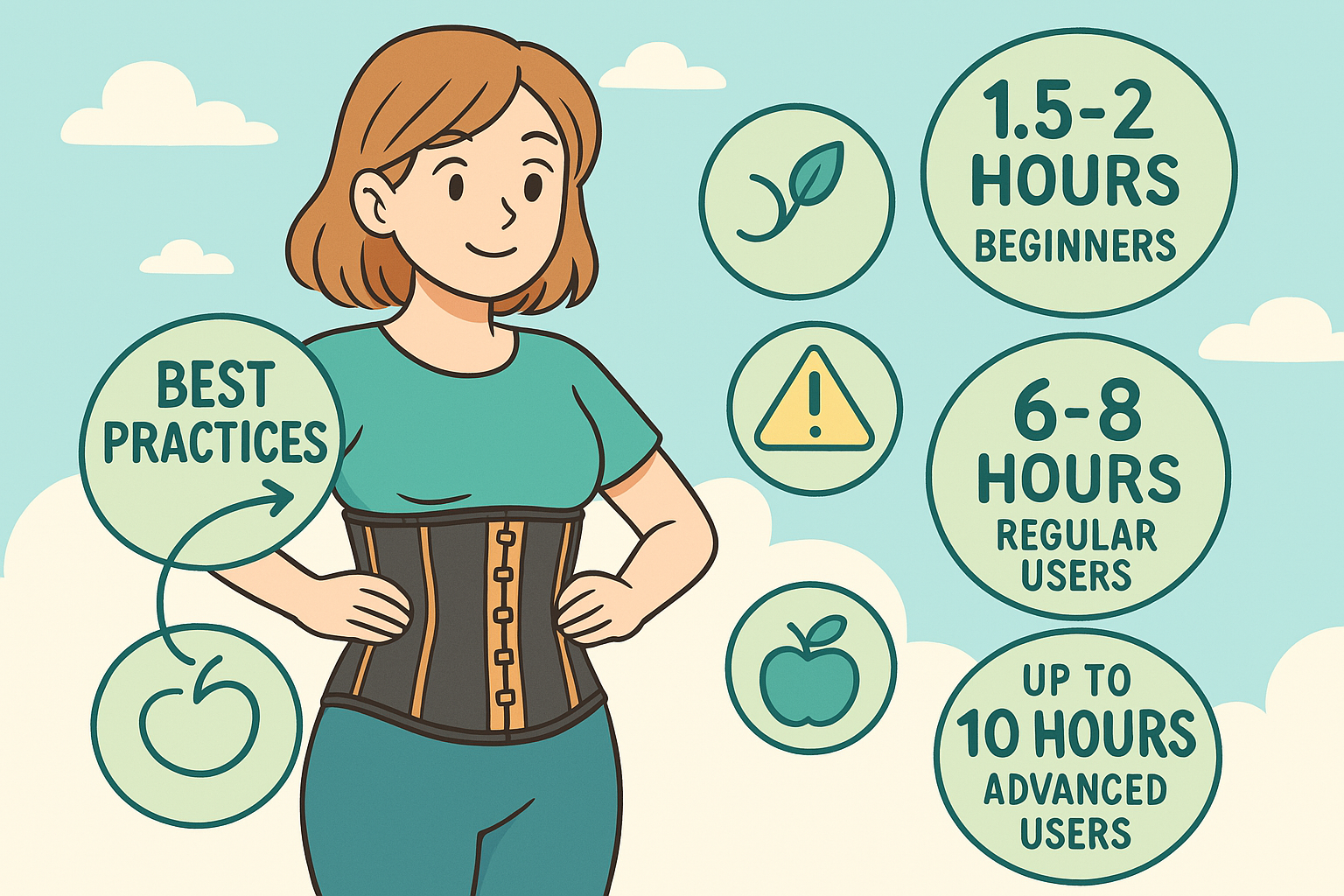
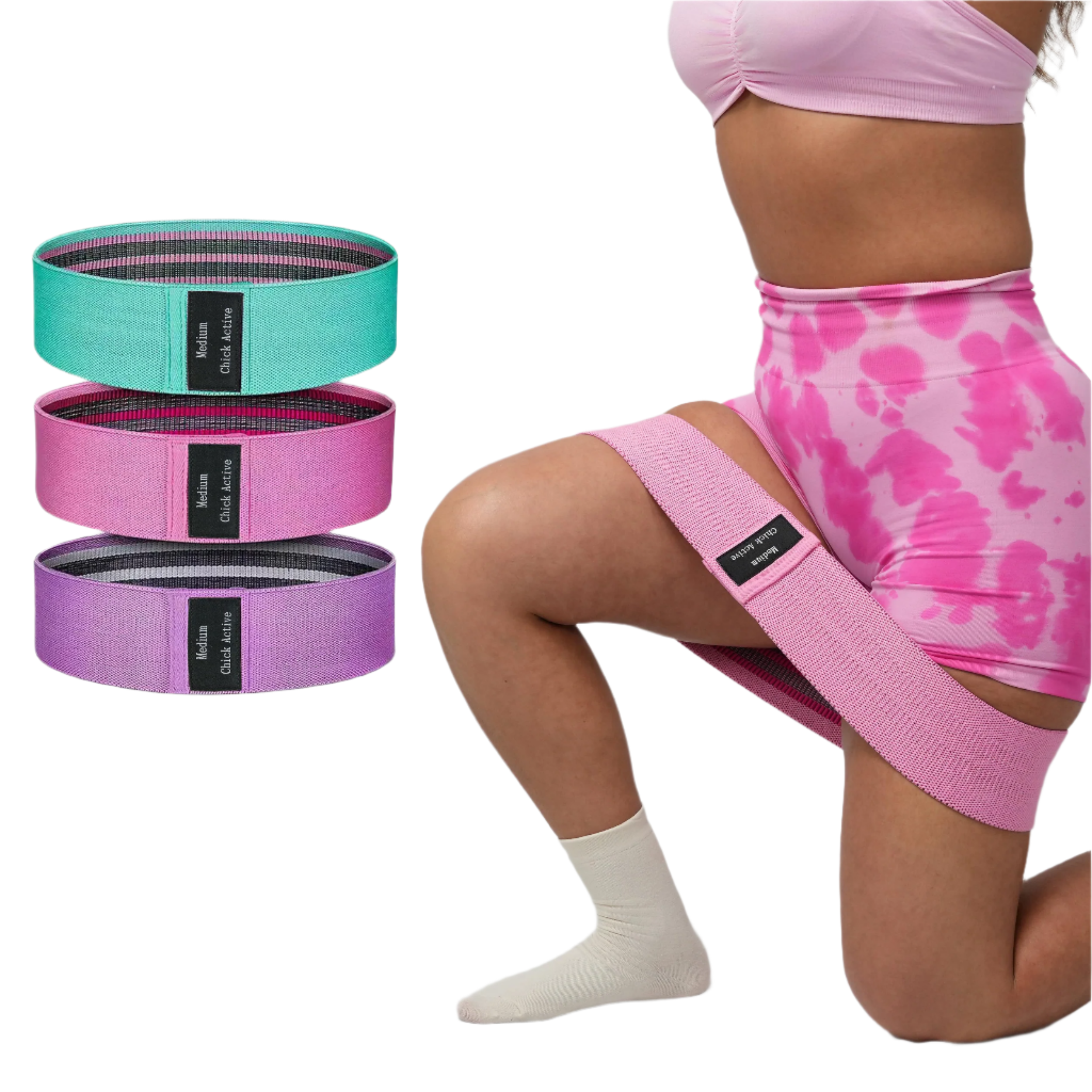

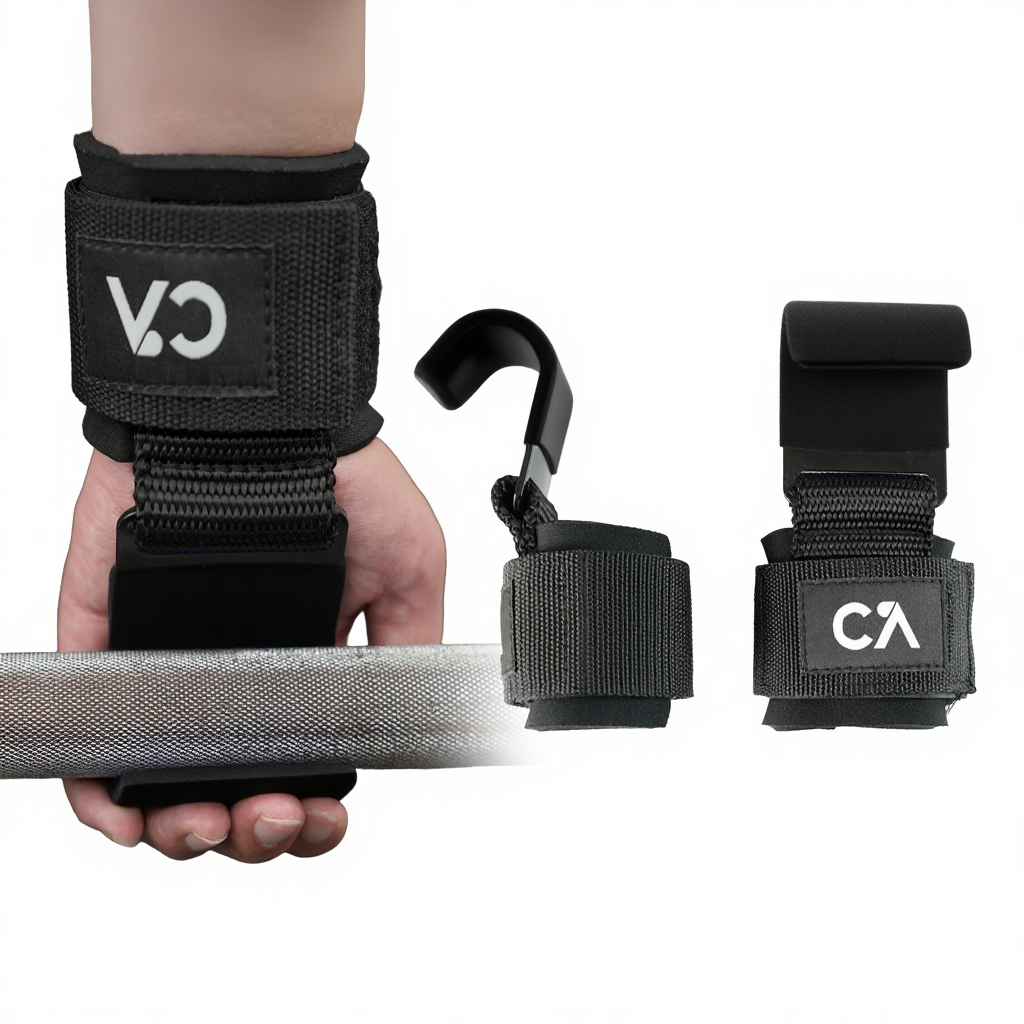
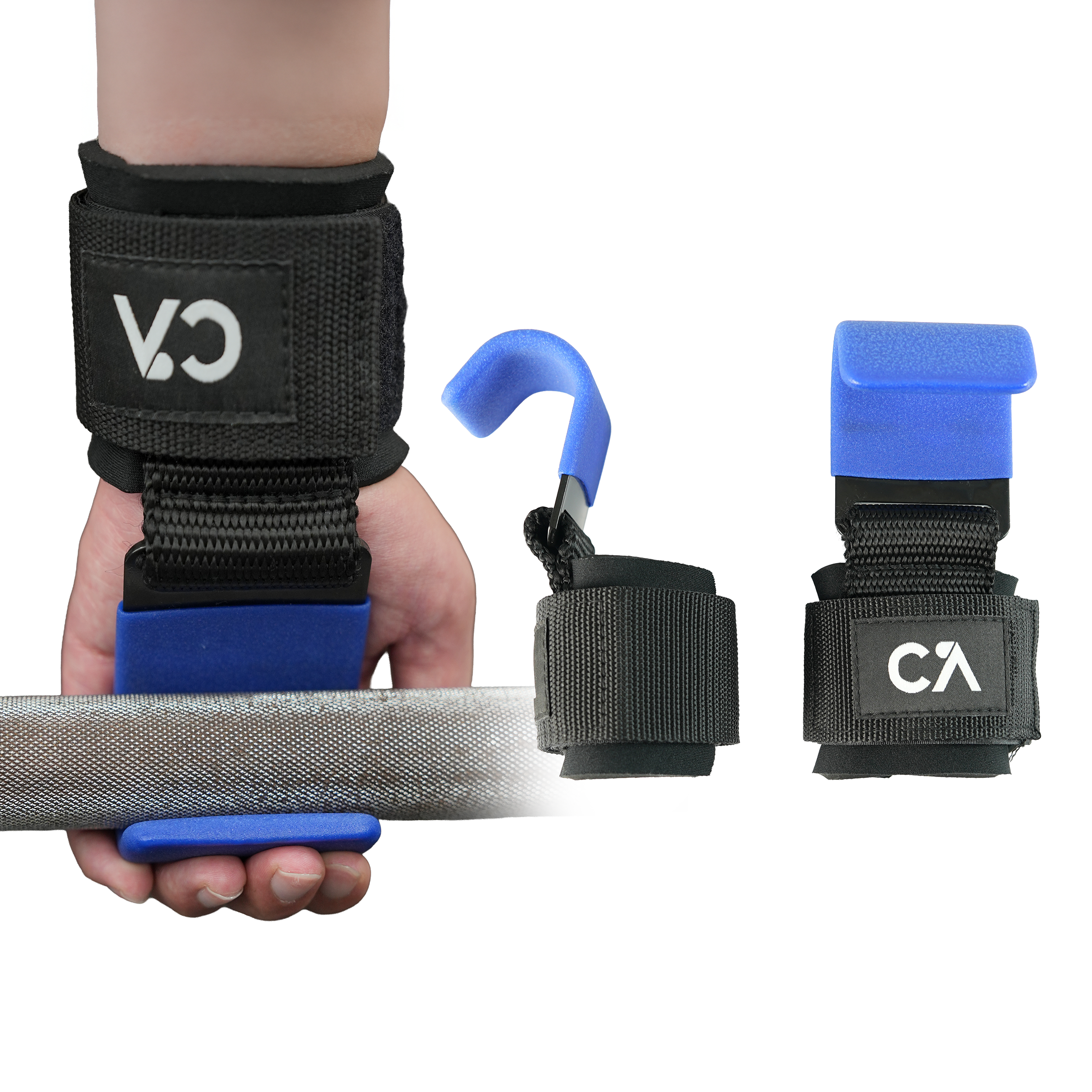
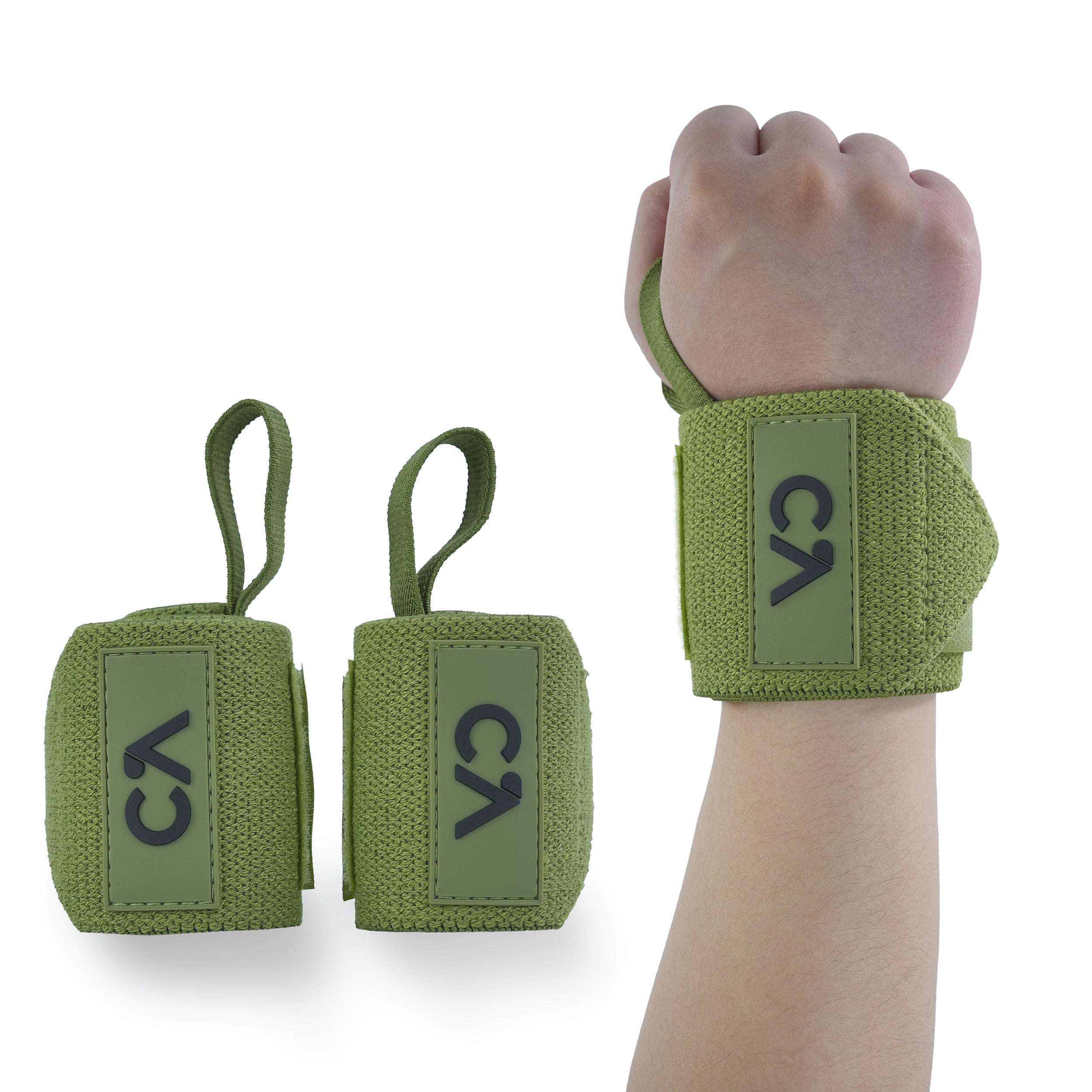
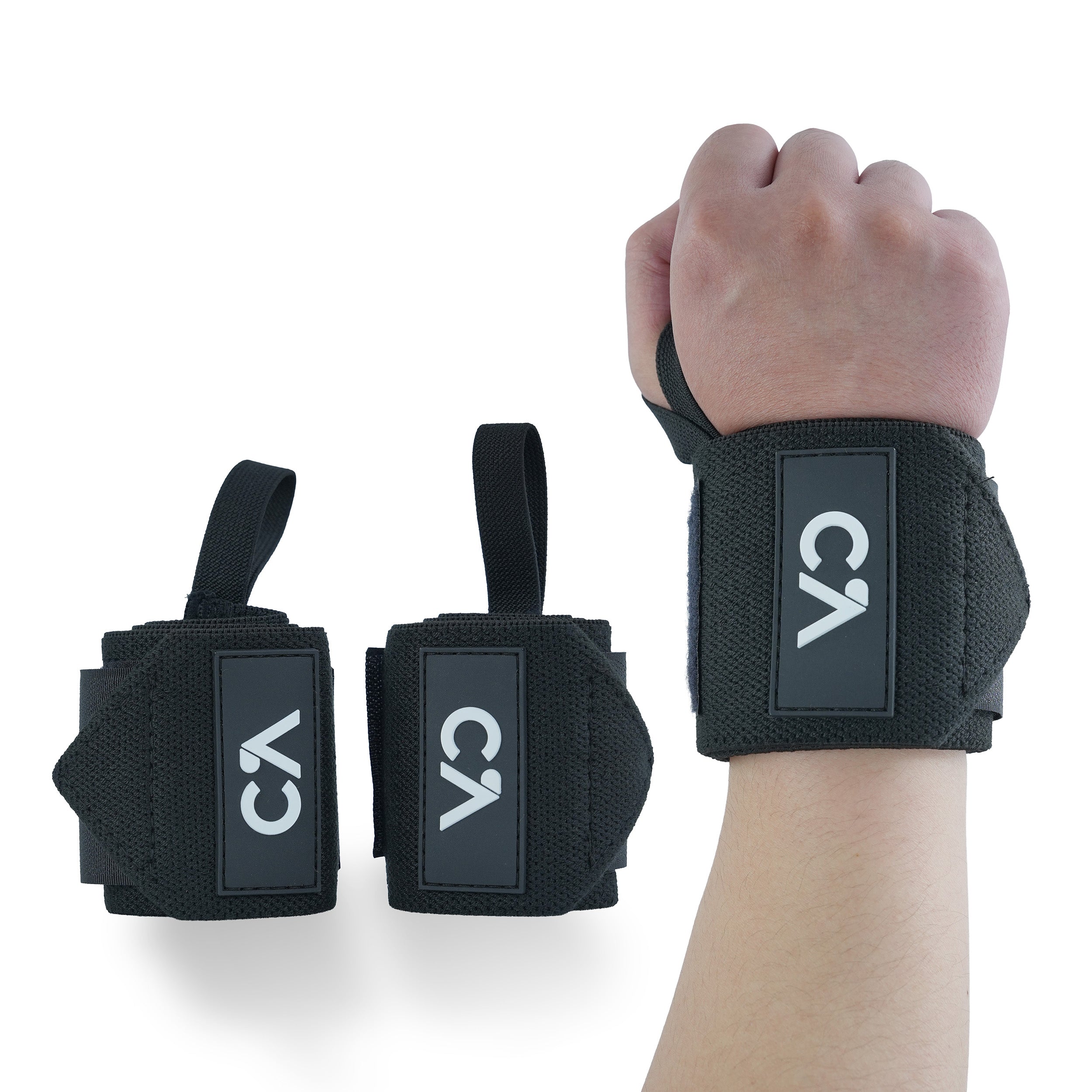
Leave a comment
All comments are moderated before being published.
This site is protected by hCaptcha and the hCaptcha Privacy Policy and Terms of Service apply.